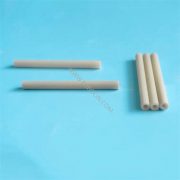– High Thermal Conductivity Substrates for LED & Power Electronics
– Substrates for Power Electronics
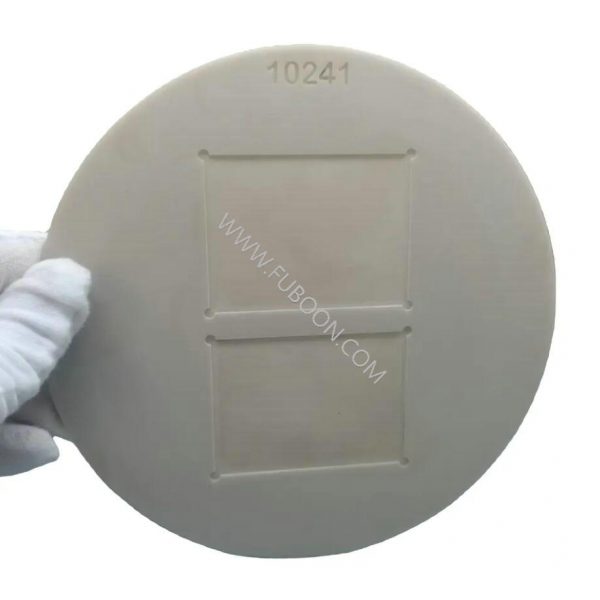
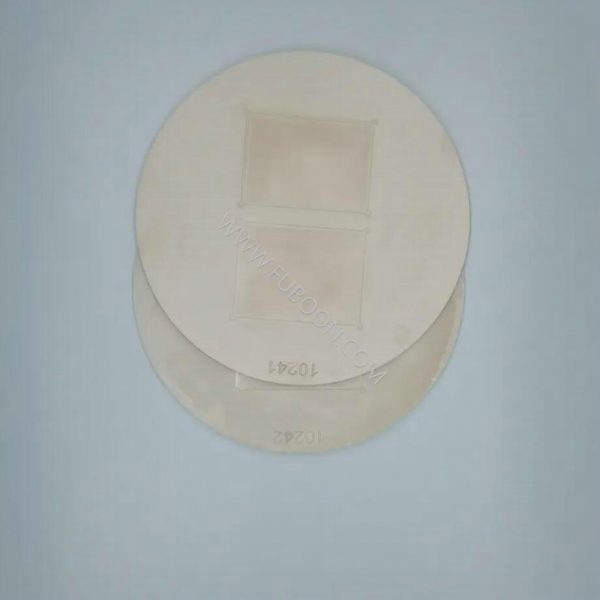
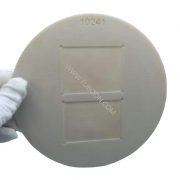
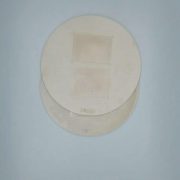
Alumina nitride ceramic substrate
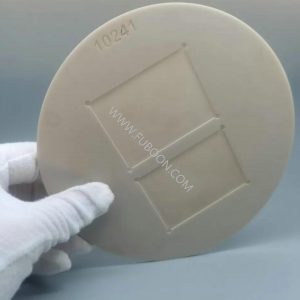
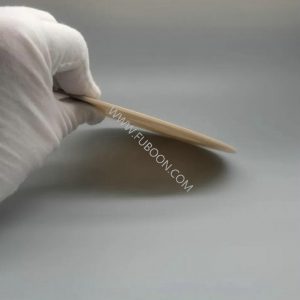
Property | Unit | Alumina Nitride Ceramic |
color | grey | |
Mechanical Properties | ||
Density | g/cm3 | 3.31 |
Compressive Strength | MPa | 2100 |
Flexural Strength | MPa | 335 |
Vickers Hardness | GPa | 11 |
Thermal Properties | ||
Maximum Temperature | ||
Oxidizing | °C | 700 |
Inert | °C | 1300 |
Thermal Conductivity | 30 | |
@ 25°C | W/mK | 180 |
@ 300°C | W/mK | 130 |
Coefficient of Expansion | ||
CTE 25°C – 100°C | 10^-6/°C | 3.6 |
CTE 25°C – 300°C | 10^-6/°C | 4.6 |
CTE 25°C – 500°C | 10^-6/°C | 5.2 |
CTE 25°C – 1000°C | 10^-6/°C | 5.6 |
Specific Heat | 100°C | 750 |
Thermal Shock Resistance ΔT | °C | 400 |
Electrical Properties | ||
Dielectric Constant | 1 MHz | 8.6 |
Dielectric Strength | kV/mm | >15 |
Loss Tangent | 1 MHz | 5×10^-4 |
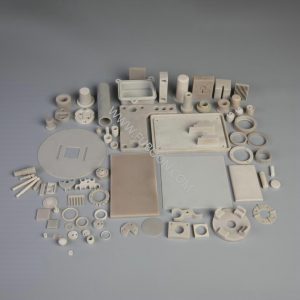
Application
– RF / Microwave Components
– Laser Diode Sub-mounts
– High Thermal Conductivity Substrates for LED & Power Electronics
– Substrates for Power Electronics
– High Thermal Conductivity Substrates for LED & Power Electronics
– Substrates for Power Electronics
Product Features
1.Uniform microstructure
2.High thermal conductivity* (70-180 Wm-1K-1), tailored via processing conditions and additives
3.High electrical resistivity
4.Thermal expansion coefficient close to that of Silicon
5.Resistance to corrosion and erosion
6.Excellent thermal shock resistance
7.Chemically stable up to 980°C in H2 and CO2 atmospheres, and in air up to 1380°C (surface oxidation
occurs around 780°C; the surface layer protects the bulk up to 1380°C).
AlN ceramic aluminum nitride part Casting Forming

